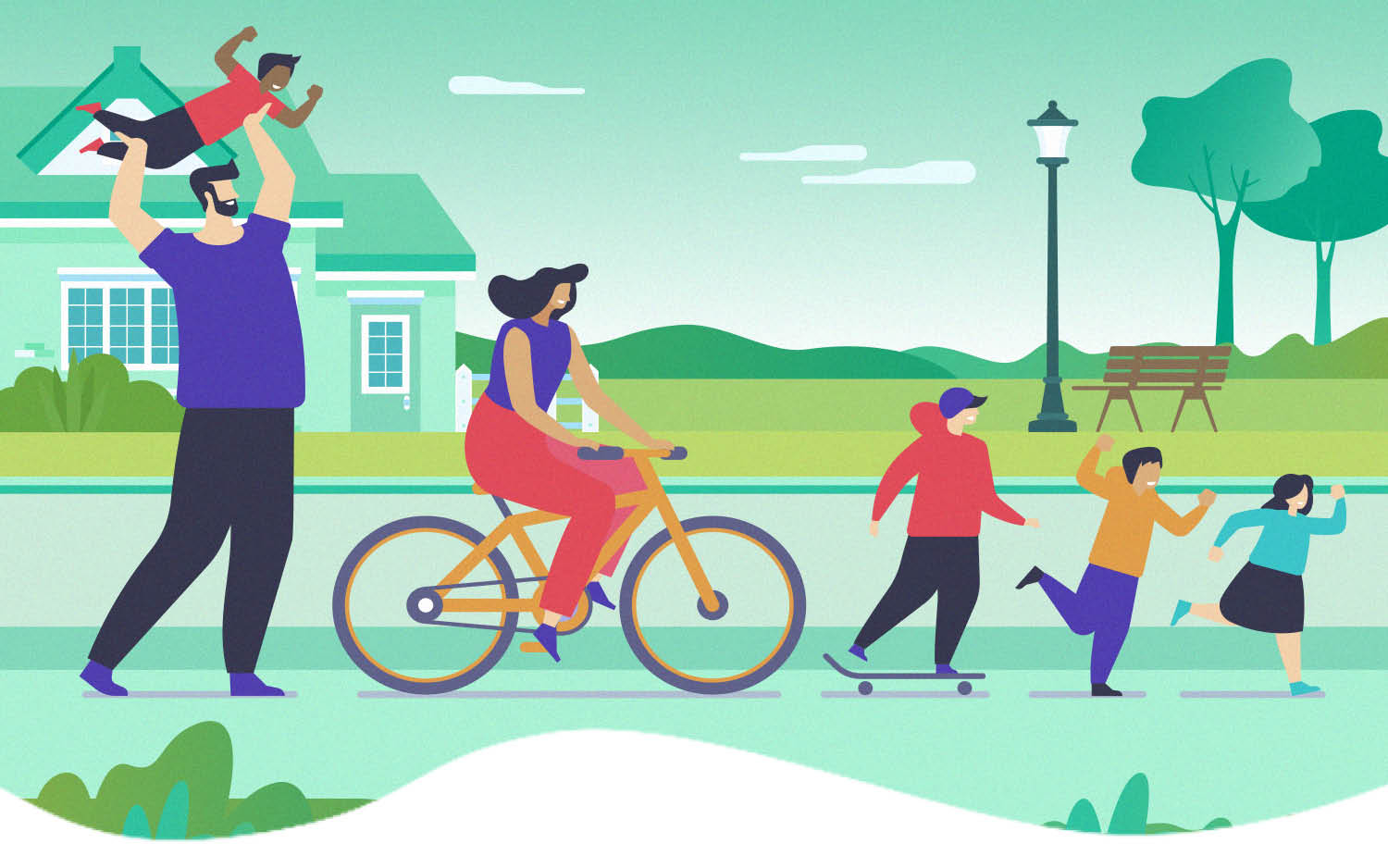
Towards a Caring Mobility System
In the past 2 years, the corona pandemic has forced us to change our habits. As our days look different now and we have become more careful to protect ourselves and others, our daily mobility also looks different. More people worldwide are cycling more often, and cities are supporting this with pop-up cycle paths. In several cases these pop-up structures are transformed into permanent cycling infrastructure. Generally, in public space there is more attention for pedestrians, cyclists, residents and visitors, at the expense of motorized through traffic that appears to have no added value for these places, and this trend will continue.
We will not be over the covid pandemic in 2022. In winter and autumn in particular, we will have to work more from home and will make fewer trips. We are doing this on a large scale and not just because our governments are trying to enforce it (each in their own way). We also do this because we are afraid to get infected ourselves and to take care of each other. In doing so, the pandemic has shown us that people are social beings who find it important to care for each other. This realization will continue in various facets of our lives, including the domain of mobility. For many daily personal trips, the focus on efficiency and speed will make way for the value of care. This is not just about taking care of each other; it is also about taking care of our environment, because we also face multiple environmental problems worldwide.
Moving towards a caring mobility system gives us hope that our cities, communities, and we ourselves will face the future in a resilient way.
